Sekka Yatsubusa Japanese Maple – 3 Gallon Pot
$138.85 Original price was: $138.85.$98.99Current price is: $98.99.
SKU: D2LSC 5449274884 Category: JAPANESE MAPLE TREES
- Buy quality, buy with us.
- Your Security is Our Promise
- Sustainable materials, for a better tomorrow.
- SSL encryption, absolutely safe shopping

‘Sekka Yatsubusa’ Japanese Maple
Acer palmatum ‘Sekka Yatsubusa’
Plant Details
USDA Plant Hardiness Zones: 5a-8b (9a?) Find Your Zone
Height at Maturity: 10-12′
Width at Maturity: 6-10′
Growth Habit / Form: Upright
Growth Rate: Slow to Moderate
Foliage Color in Spring: Light Green with Orange edges
Foliage Color in Summer: Dark Green
Foliage Color in Fall: Red, Yellow and Orange shades
Light Needs: Full Sun, Full Shade, Morning Sun with Dappled or Afternoon Shade, All Day Filtered Sun, Morning Shade with Evening Sun
Water Needs: Average
Soil Type: Clay (Amend heavy clay to ensure good drainage), Loam, Sandy, Silty
Drainage: Moist But Well Drained
Soil pH: 5.0 – 7.0 is ideal
Maintenance: Low
Resistances: Deer, Heat Tolerant, Insect Resistant, Sun Tolerant
Description
A highly attractive and adaptable Japanese Maple, ‘Sekka Yatsabusa’ will grow in full sun or heavy shade in all but the hottest climates (USDA Zones 5-9b). It features leaves that bunch up along the branches, providing a very interesting appearance which adds character to the landscape. In spring, leaves emerge a light green to chartreuse color edged in red-orange. I summer they become a shiny dark green turning to vibrant shades of yellow, orange and red with the arrival of cooler temperatures in fall. As the tree ages it begins to develop very interesting fasciations, flattened stems of congested growth that are very unique and interesting. An upright grower to 12 feet tall and 8 feet or so wide, Sekka Yatsubusa is a good fit for small to midsize garden spaces and containers.
Landscape & Garden Uses
To showcase its magnificence and beauty, Sekka Yatsubusa Japanese Maple is best used as a specimen in smaller landscape spaces to draw attention. That said, you can plant in groupings of three or more in larger landscape spaces or use two to frame an entryway.
Container culture can extend the useful range of Japanese Maples. They are extremely easy to grow in containers, a practice taken to its most extreme form in the art of bonsai. Click on the link below under Helpful Articles for Japanese Maple container planting instructions.
Note: One Japanese Maple can make a landscape…that is, if you don’t overcrowd it with other trees and plants. Therefore, when selecting companions to plant under or around your Japanese Maple, make sure to select low-growing shrubs or groundcovers that won’t interfere at all with your tree.
Growing Preferences
Though delicate looking, Japanese Maples are actually very tough and long-lived trees and are very easy to grow in the ground or in pots, planters or other containers.
In their natural habitat, Japanese Maples are understory trees, growing in dappled forest sunlight at the edges of woodlands. Ideally they prefer to be grown in similar conditions. That said, you can find a complete listing of our sun-tolerant Japanese Maple varieties here, of which Sekka Yatsubusa is one of the most sun tolerant.
Most any average garden soil will grow Japanese Maples. They prefer a moist but well-drained soil rich in organic matter. As with so many other ornamental plants and trees, constantly soggy or wet soil can be problematic. So make sure to plant your Japanese Maple in a well-drained site.
Helpful Articles
Click on a link below to find helpful advice from our experts on how to plant and care for Japanese Maple trees.
How To Plant A Japanese Maple Tree In The Ground
How to Plant A Japanese Maple Tree In A Pot
How To Fertilize And Water A Japanese Maple Tree
How To Prune A Japanese Maple
Plant Long & Prosper!
Meet The Wilson Brothers & Staff
Questions? Contact Us!
Be the first to review “Sekka Yatsubusa Japanese Maple – 3 Gallon Pot” Cancel reply
Related products
Sale!
JAPANESE MAPLE TREES
Sale!
JAPANESE MAPLE TREES
Sale!
JAPANESE MAPLE TREES
Twombly’s Red Sentinel Japanese Maple – 2 Gallon Pot (2.5-3′)
Sale!
JAPANESE MAPLE TREES
Sale!
JAPANESE MAPLE TREES
Sale!
JAPANESE MAPLE TREES
Sale!
JAPANESE MAPLE TREES
Sale!
JAPANESE MAPLE TREES


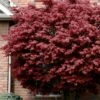

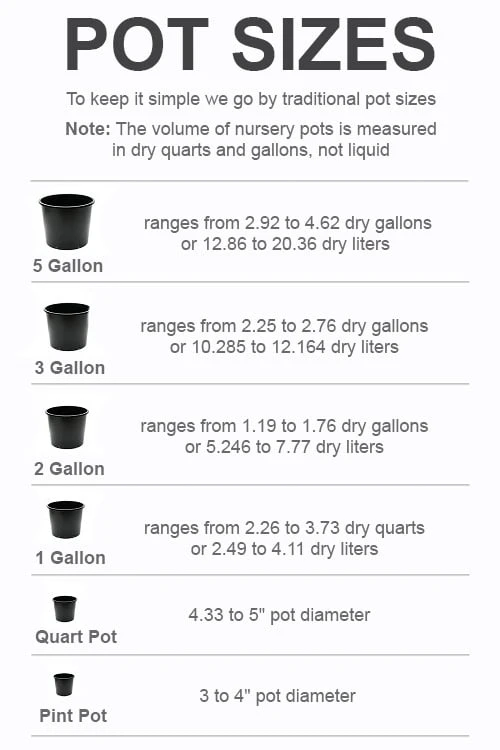
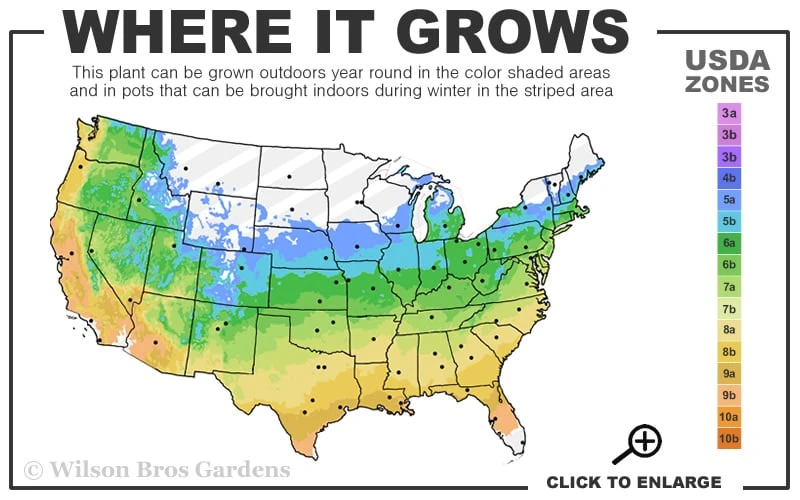
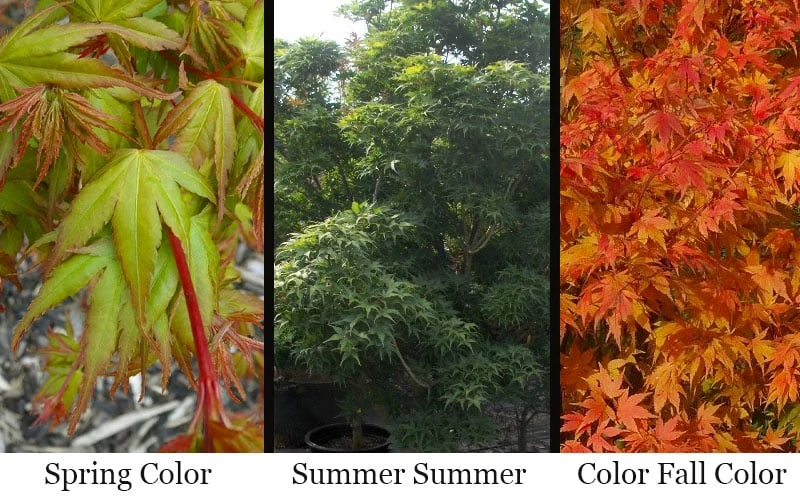
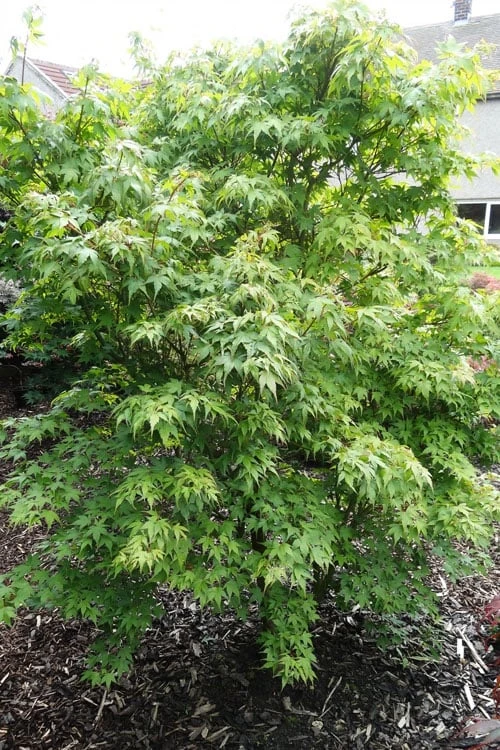


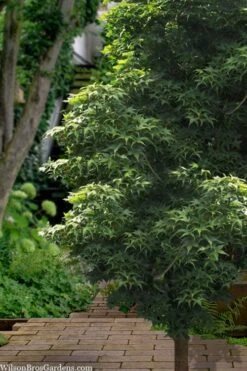

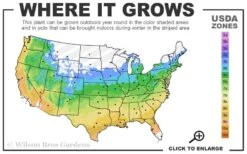


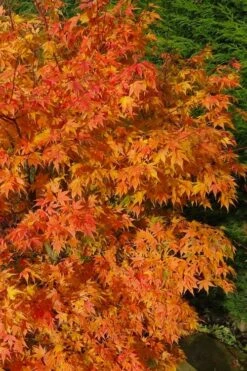

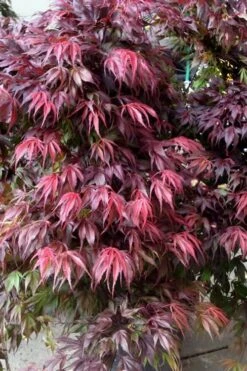
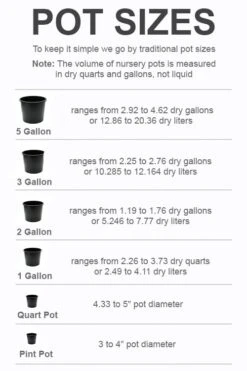

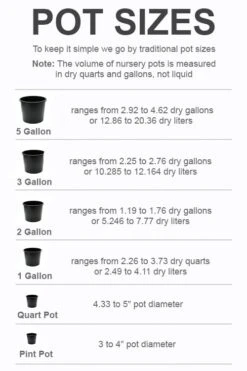

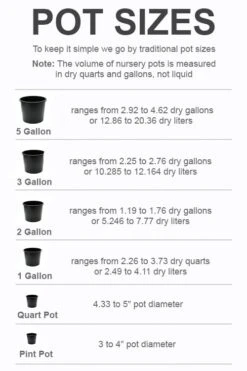
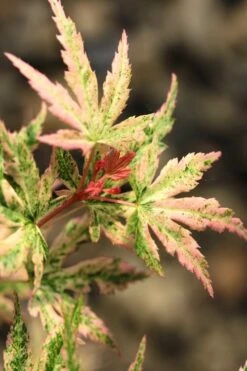
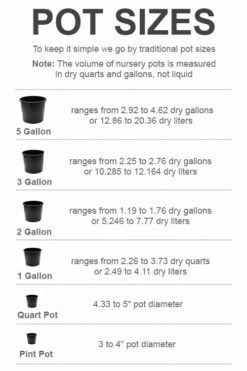
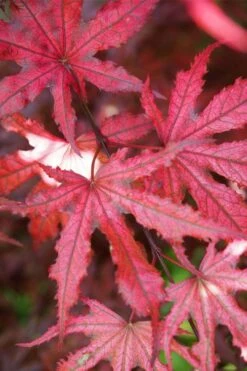
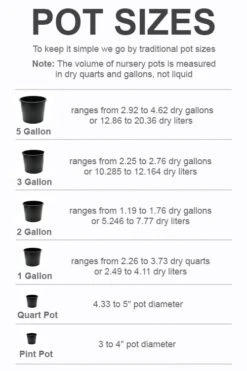




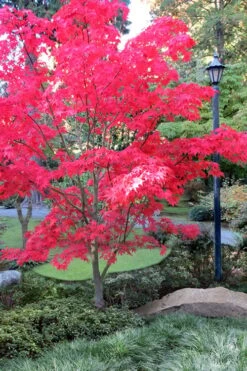
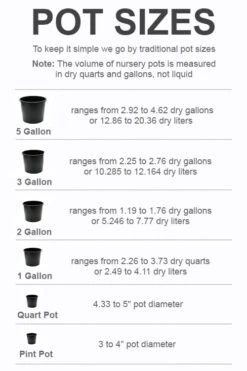
Reviews
There are no reviews yet.